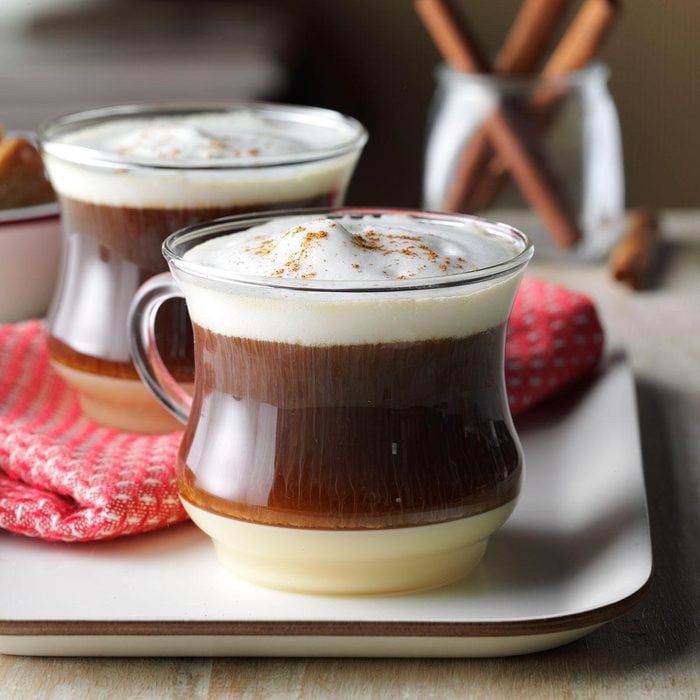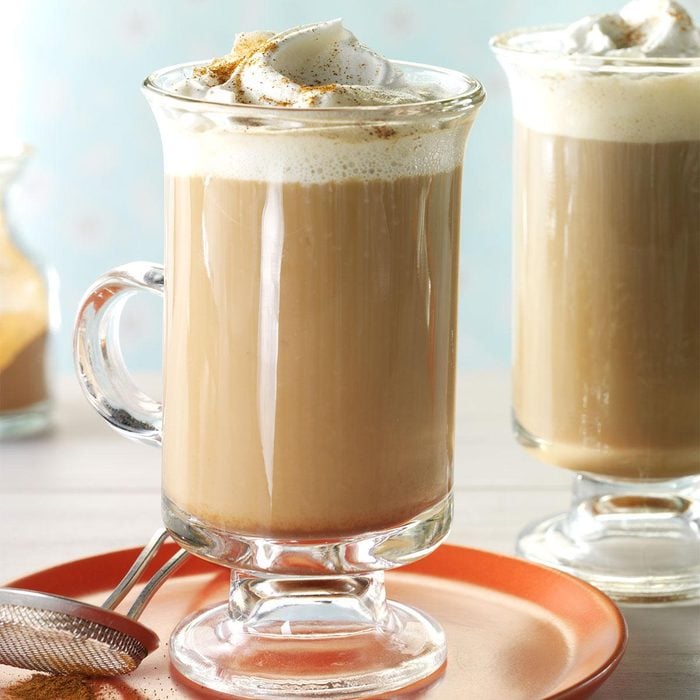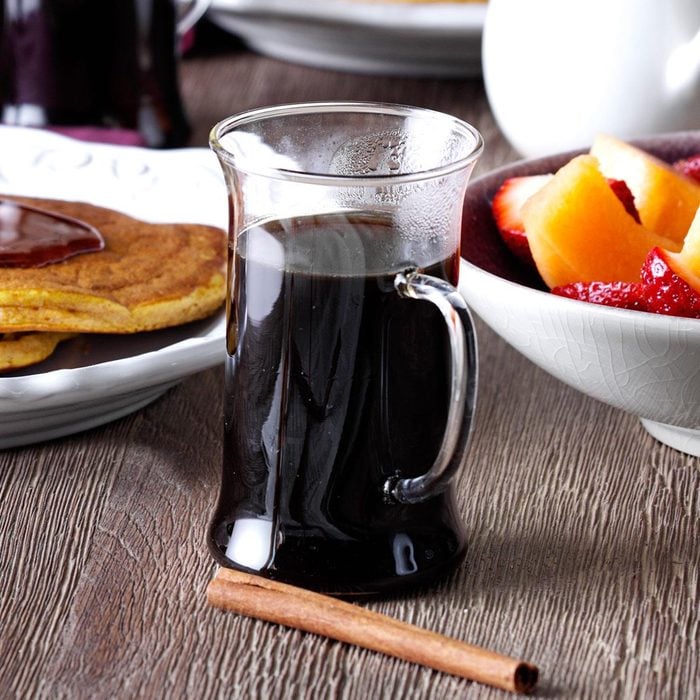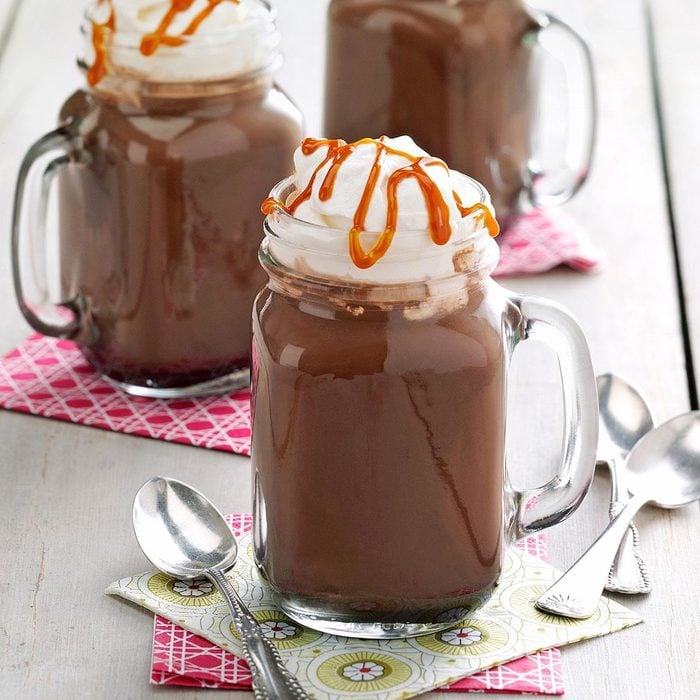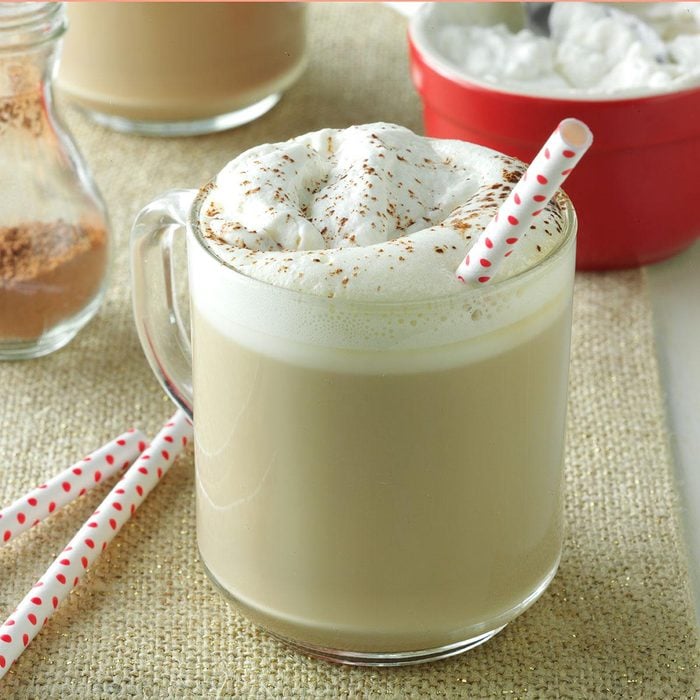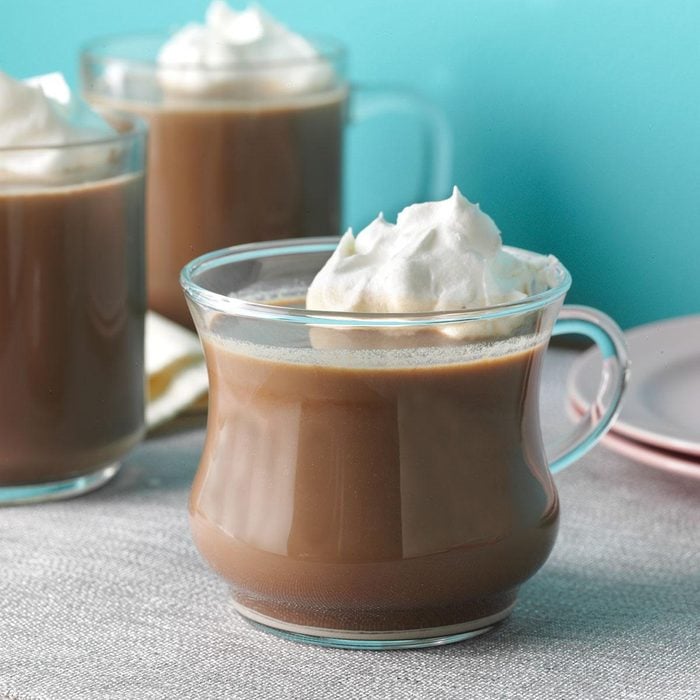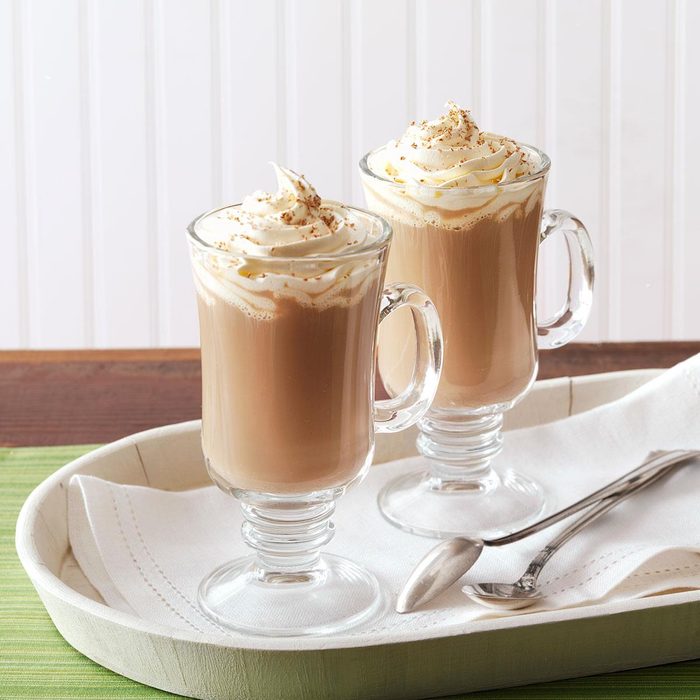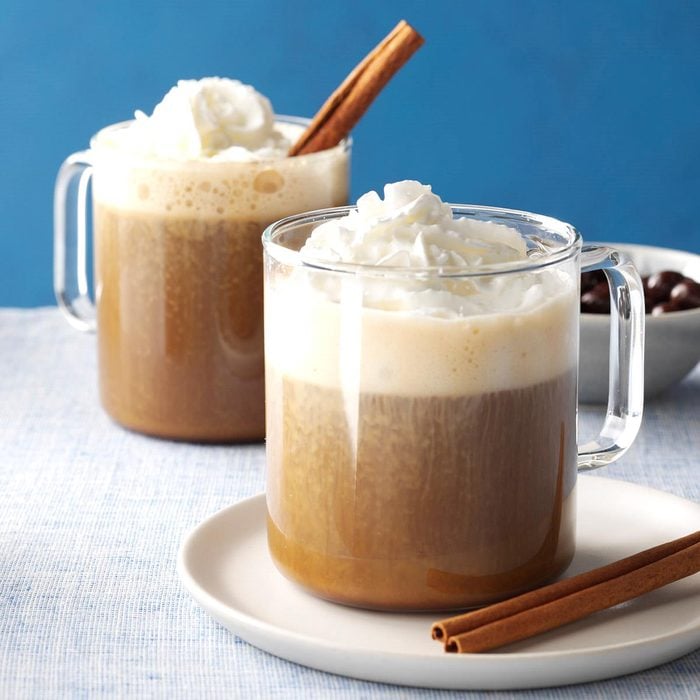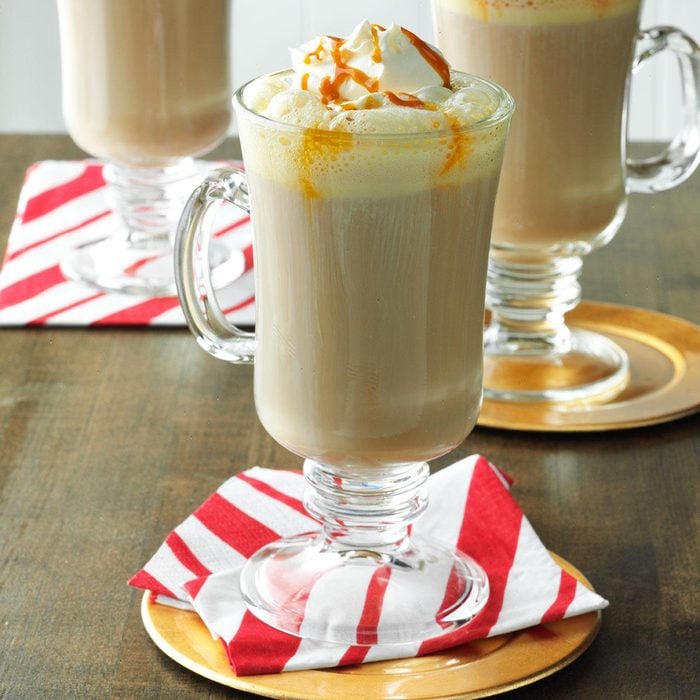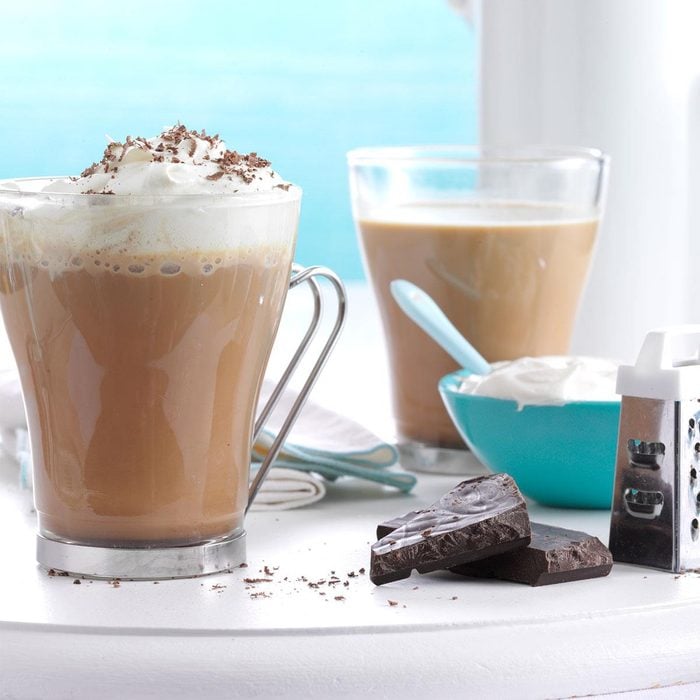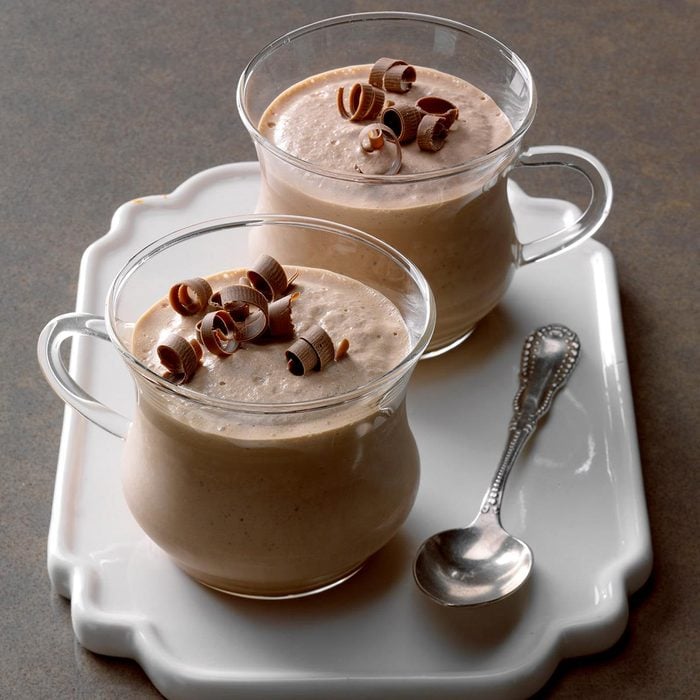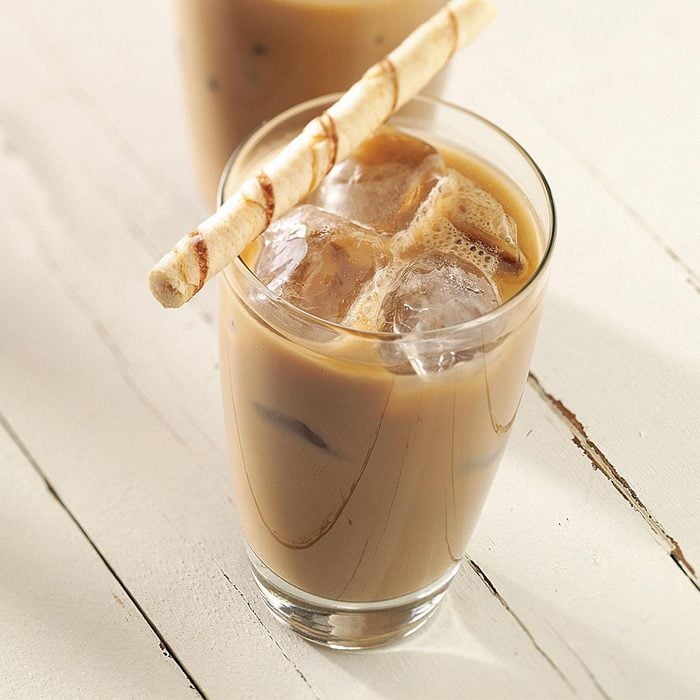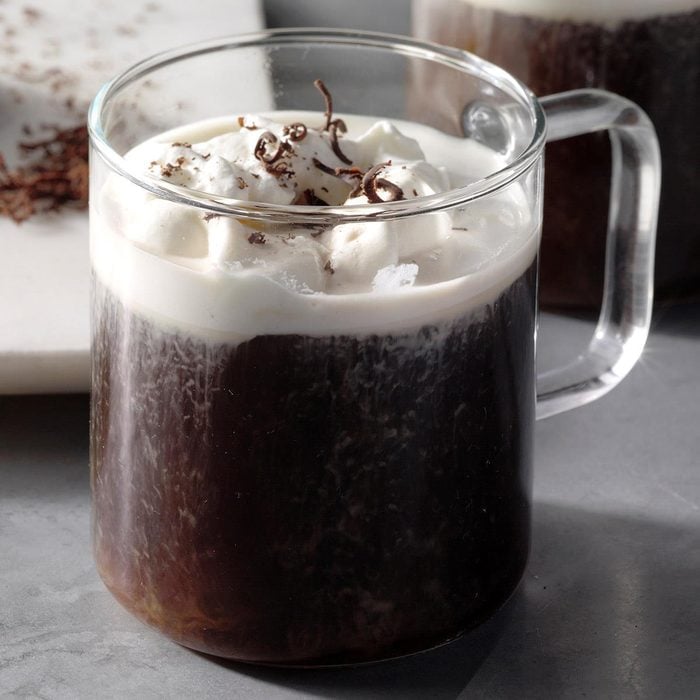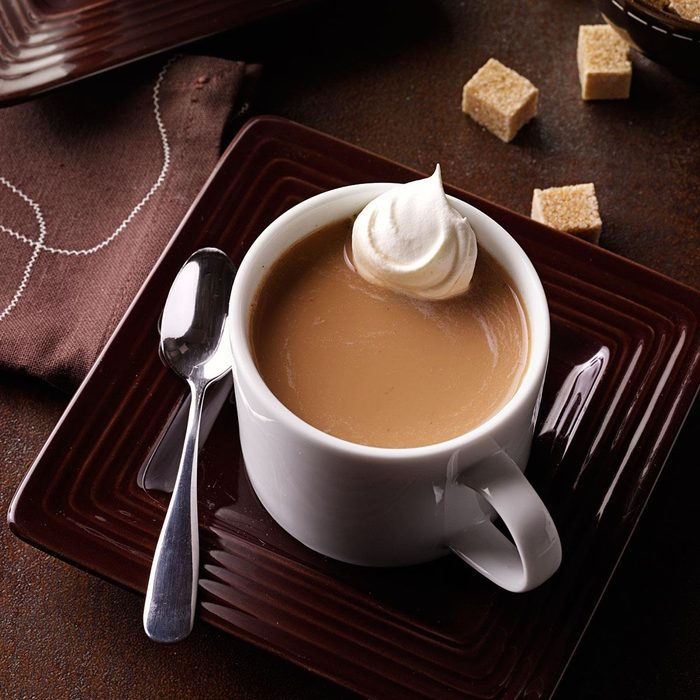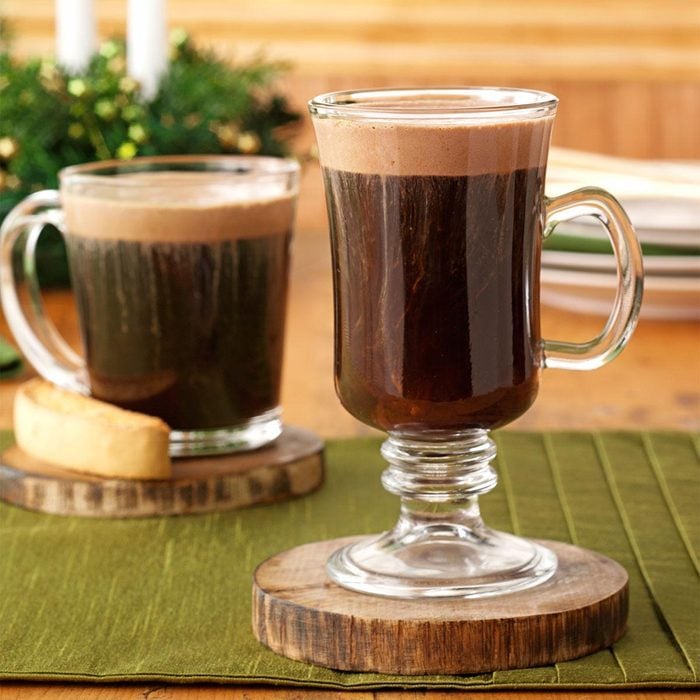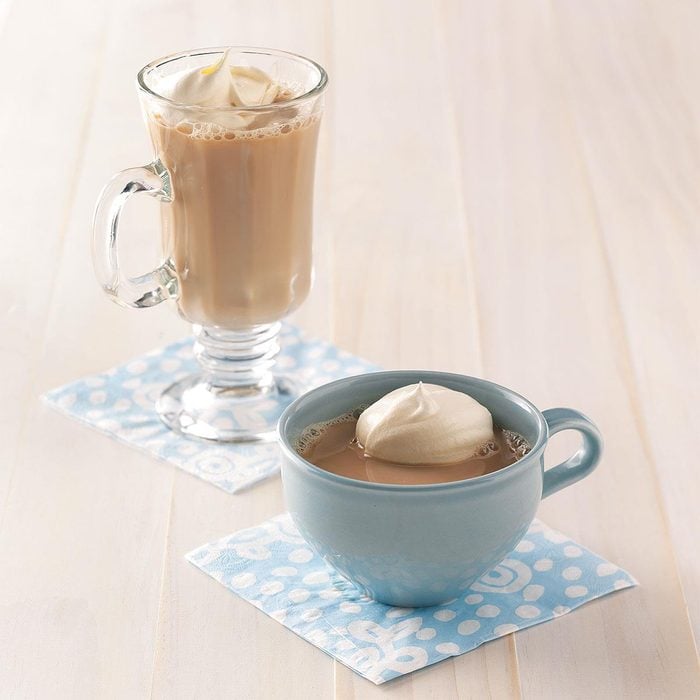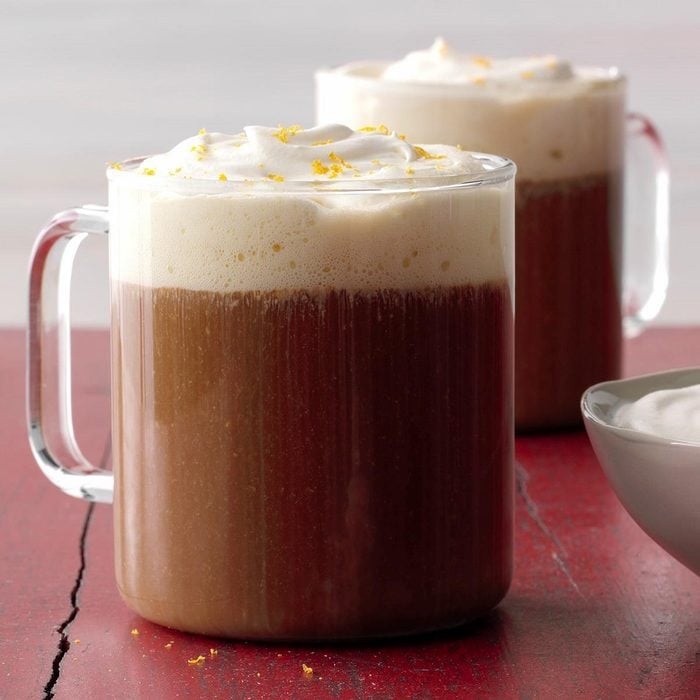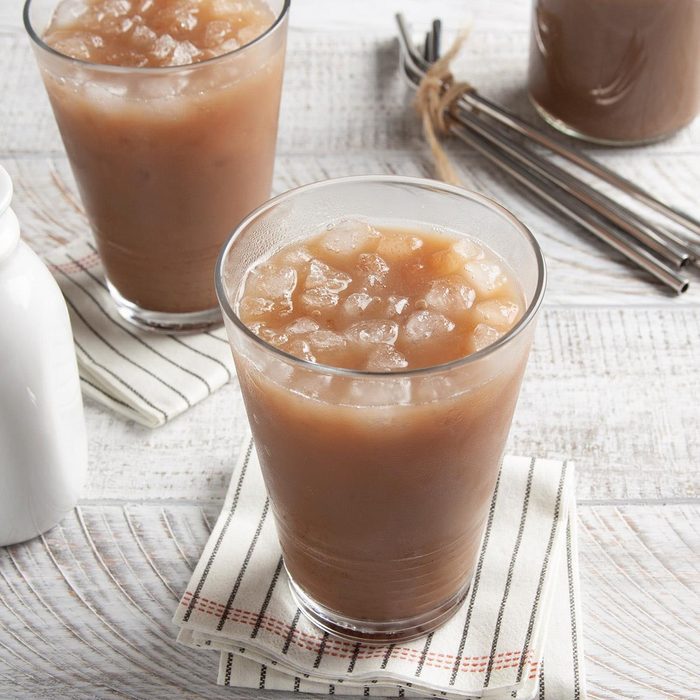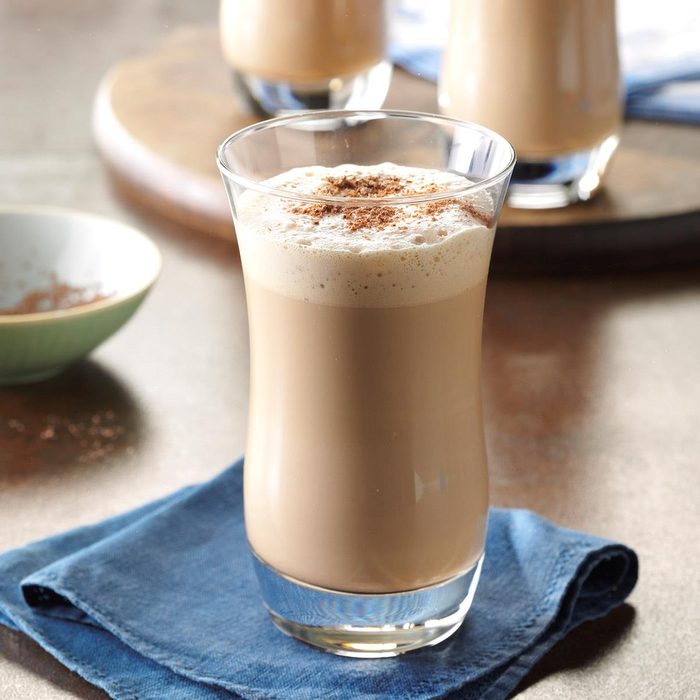What to Look for Before You Buy a Coffee Maker
Updated: Feb. 16, 2023
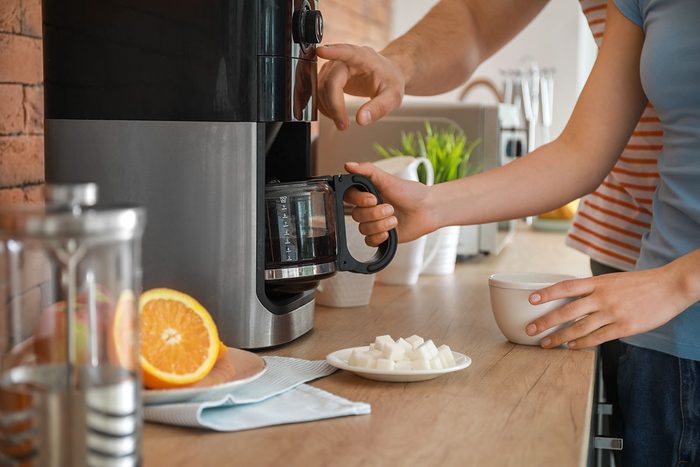
Not every cup of joe is created equal. Follow our coffee maker buying guide to pick the best brewer for your beans.
Our editors and experts handpick every product we feature. We may earn a commission from your purchases.Learn more.
For people who require a cup of coffee (or two… or three) to get going in the morning, having the right machine to make that possible is very important. But picking out a coffee maker can seem as complicated as your Starbucks order. Not only are there all different types, but they all also have different features, from cappuccino-brewing capabilities to insulated carafes. So how do you know which one is best for you? We’ve compiled the ultimate coffee maker buying guide to help you make your caffeine-fueled decision.
Want to know our Test Kitchen’s favorite brand? We tried the top coffeemakers in the market and liked this one the best.
Brew Type
The most popular types of coffee makers are automatic drip, grind and brew, and pod models—but there are specialty coffee makers like French presses, pour-overs and Moka pots, too. (Here’s our guide to the pros and cons of each.)
Though there seem to be endless nuances to each brewing option, the real question you should ask yourself is: how patient are you? This might seem like a personal question, but patience really matters when it comes to your coffee game. Automatic models are best for those of us who simply can’t wait to get our morning fix. For coffee aficionados who value flavor over convenience, a French press or a Chemex pour-over model might be more your speed.
Pro tip: To get the best-tasting coffee, try grinding the beans right before you brew them. Grind and brew machines, like this Cuisinart model, offer the added convenience of having a built-in grinder. This means less mess for your countertops. Yippee!
How Much Coffee Can it Brew?
Think about how much coffee you drink each day. Are you a one-cup-a-day kind of person, or do you guzzle down three cups before hopping into your car to head to work? If you just want one cup, a single-serving machine like the Keurig will do. But if you like to drink multiple cups or if you have a couple of coffee-drinkers in your house, you’ll want something a little larger. Most coffee makers brew 12 cups of coffee but there are also larger machines that can make up to 16 cups of coffee at once.
For the best of both worlds, some machines will make a full pot of coffee while also having a single-serving function on the side. This option could be good if you have multiple people in the household with different coffee needs.
Pro tip: While larger pots can brew smaller serving sizes, the single-serving cup may taste less strong. If you are planning to brew a single cup 99% of the time, you should go with a smaller coffee maker.
Size
Consider your counter space, too. Measure the spot where you’ll set your coffee maker (including the height if it’s going underneath cabinets) before you go shopping. We love this compact coffee maker for smaller spaces.
Functionality
Strength and Flavor: If you and your family have different coffee preferences, look for a machine that lets you change the brewing strength depending on whether you want a weaker or a stronger cup. There are also coffee makers that do a lot more than just brew your standard cup of coffee. They’ll whip up everything from tea to hot chocolate to a fancy cappuccino.
Heat: Almost all coffee makers have heating plates that the carafe sits on. But if you like to sip your coffee over the course of a few hours, letting it sit on the hot plate can lead to a burnt and bitter taste. Instead, you’ll want a coffee maker that also has temperature control settings that you can adjust throughout the day or an insulated stainless steel carafe to keep the coffee warmer for longer.
Additional Features: Some coffee makers have an auto-programming option that lets you set the coffee maker the night before to start in the morning while others have an auto-off feature that will turn the machine off after a certain amount of time. You can also purchase a coffee maker that has a water filtration system built in that will purify the water for you. It’s perfect if you live in an area that doesn’t have the highest quality water.
Price
A coffee maker that’s loaded with special features will cost more than a basic machine. Your average coffee maker should come with a price tag of less than $100. To get the best deal, look online at the manufacturer’s website for sales around the holidays and always compare prices with a retailer like Amazon.
Tip: Keep in mind that pod machines are less cost-effective and end up being more expensive in the long run since they require special pods and equipment.
What About Espresso?
Unlike multi-use drip coffee machines, espresso machines tend to cost a bit more. But, they use less coffee because they force water through a small amount of grounds, so they may save you money in the long run. The less expensive models use steam or pods, whereas the more expensive grind-and-tamp models use a pressurized system similar to what you’ll find at a coffee shop. A model that includes a burr grinder (like this Breville Barista Express) won’t come cheap, but it’s definitely the real deal.
No matter what your preferences (or your budget), there’s a brewer out there that will make your mornings run much smoother and taste a whole lot better. After you use our coffee maker buying guide to make your choice, whip up one of these copycat coffee recipes that are just as good as—if not better than—your favorite cafe drink.






















